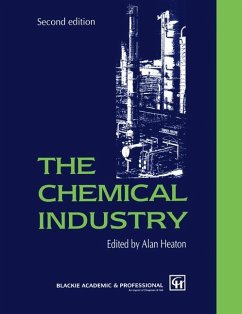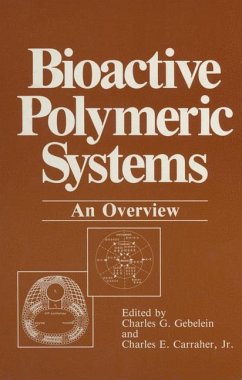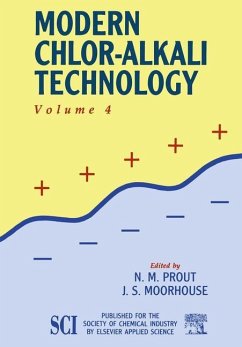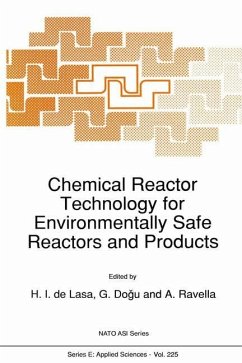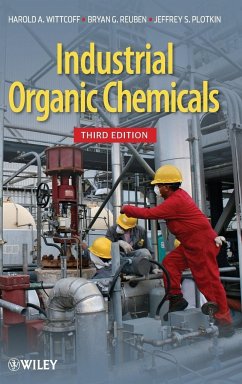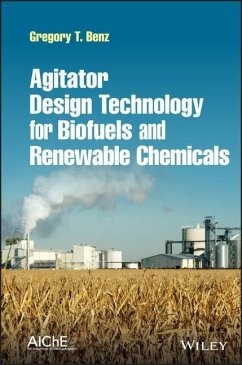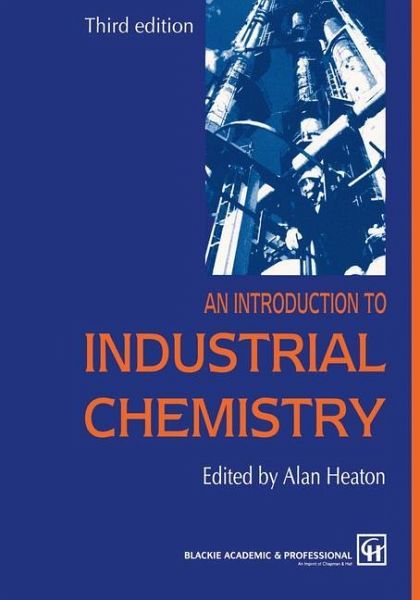
An Introduction to Industrial Chemistry

PAYBACK Punkte
58 °P sammeln!
to the Third Edition Following the success of the first two editions of this book in which the core subject matter has been retained, we have taken the opportunity to add substantial new material, including an additional chapter on that most important activity of the chemical industry, research and development. Topical items such as quality, safety and environmental issues also receive enhanced coverage. The team of authors for this edition comprises both those revising and updating their chapters and some new ones. The latter's different approach to the subject matter is reflected in the new ...
to the Third Edition Following the success of the first two editions of this book in which the core subject matter has been retained, we have taken the opportunity to add substantial new material, including an additional chapter on that most important activity of the chemical industry, research and development. Topical items such as quality, safety and environmental issues also receive enhanced coverage. The team of authors for this edition comprises both those revising and updating their chapters and some new ones. The latter's different approach to the subject matter is reflected in the new titles: Organisational Structures - A Story of Evolution (chapter 5) and Environmental Impact of the Chemical Industry (chapter 9). The chapter on Energy retains its original title but different approach of the new authors is evident. We have updated statistics and tables wherever possible and expanded the index. We hope readers find the brief 'pen pictures' of authors to be interesting. It is worth stressing again that this book is designed to be used with its companion volume - The Chemical Industry, 2nd Edition, ed. Alan Heaton (referred to as Volume 2) - for a complete introduction to the chemical industry. Thanks are due to all contributors and to my wife Joy for typing my contributions.





